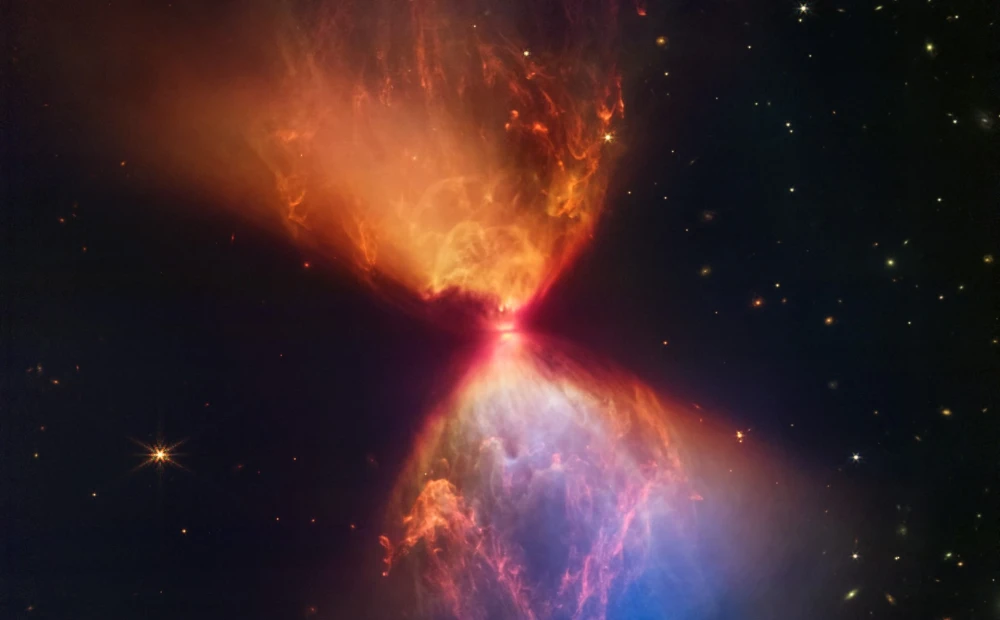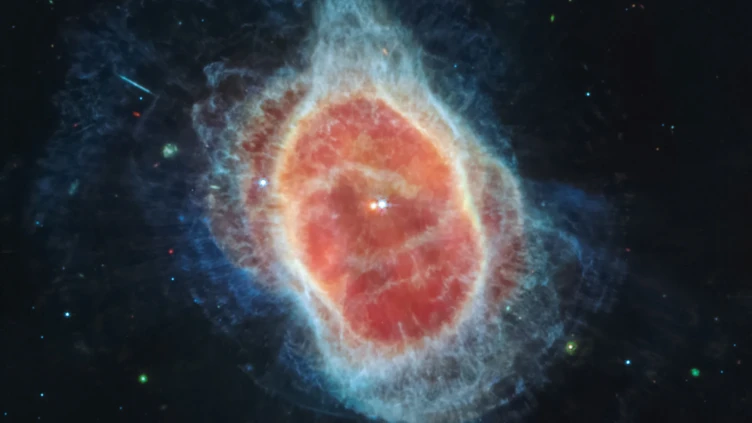The research allowed scientists to see the atmosphere of a planet outside our solar system in more detail than ever before. Scientists say the new version of the study may one day allow us to see life on another planet.
The new data was collected using NASA’s James Webb Space Telescope. Since its launch last year, scientists hope to use the telescope to study details about the atmospheres of other planets and gain a better understanding of their conditions.
NASA’s telescope has transformed our understanding of space by releasing stunning images that show galaxies and stars in greater detail than ever before. But the telescope has much more to do, and scientists use it to study other objects, from the planets in our solar system to the most distant galaxies in the universe.
The new study was one such project, allowing scientists to focus on the planet WASP-39b.
It is believed to be a fluffy version of Saturn, located about 700 light-years away.
Scientists have known about the planet for more than 10 years, and it’s exciting in part because its atmosphere is thought to contain large amounts of water, carbon dioxide and other chemicals useful for detecting alien life.
But its atmosphere is still unclear. To better understand it, scientists are using the Jabez Webb telescope to observe the planet, which will pass its star four times in July 2022.
This led scientists to create a detailed picture of the planet and its atmosphere. It can be used not only to check the visibility of the telescope, but also to better understand the planet.
New research suggests that the previously mysterious atmospheric element is actually sulfur dioxide.
This is the first time it has been found on another planet.
The ratios of different chemicals in the atmosphere provide clues about how it may have formed, and the fact that it contains more oxygen than carbon suggests the planet was born much farther from the star than it is now.
The study also suggests that the planet is covered by patches of clouds rather than a large blanket over the planet.
These clouds contain materials such as sulfides and silicates, not water like on Earth.
Future space telescopes, successors to the James Webb Telescope, could also detect alien life in the same way.
Gathering information about the atmospheres of other worlds may one day allow us to conclude that a particular planet has life.
As such, the new findings are also a test case for techniques that could eventually be used to detect aliens and help provide information about other worlds.
Others are reading now

Prone to fits of apathy. Unable to type with boxing gloves on. Internet advocate. Avid travel enthusiast. Entrepreneur. Music expert.













